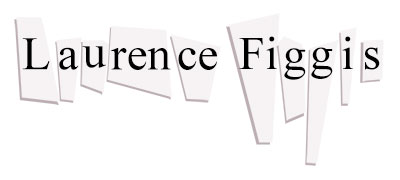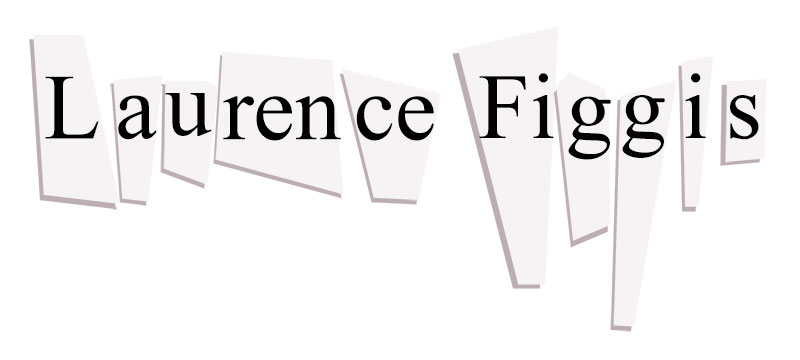Nick Evans
The Glasgow-based sculptor Nick Evans’ recent solo show at Sorcha Dallas involved an unusual foray by that artist into – almost – total abstraction. Though the ‘Primitivist’ aesthetic of classical modernism had been strongly present in Evans’ past sculptures, his older works also incorporated conspicuous figurative elements (referencing Cubist-style nudes, for example). Evans often evoked these narrative symbols in a way that suggested difficult genres of ‘politically conscious art’. Evans has been especially drawn to those predecessors who- in a resistance of merely polemical illustration- remained attentive to the formal aspects of their practice, and who acknowledged the discursive limits of visual art as an ironic structure within which to sharpen their critical purpose. Examples of this kind of approach might include Goya, Manet and – more recently – the collaborative practitioners of Art and Language. At least one of Evans’ titles at Sorcha Dallas evoked that wry, esoteric – yet darkly imaginative – tradition.
The three-part sculptural work, Dialectical Terror Machine, consists of jagged anvil-like totems fashioned from coloured polyester-resin over plaster and polystyrene, mounted on a metal frame. Faint traces of figuration remain in two of the sculptures, in which it is possible to discern the heads and arms of flailing, toppled figures. The third resembles some kind of hammer or bludgeoning device. The blotched surfaces of all three sculptures, whilst alluding to Abstract Expressionist paint techniques, also retain a militaristic air through vague echoes of army camouflage.
The title is both intriguing and troubling, evoking the linguistic acrobatics of Adorno (or Charles Harrison), and therefore preventing a reductive interpretation of the visual abstracts on display. The phrase seems not only a mirror but a satire of critical language, conjuring images of nail-biting theorists caught in a dialectical nightmare of their own making – academic equivalents of the harried imaginist portrayed in Goya’s The Sleep of Reason Produces Monsters. Then again, ‘dialectical terror’ could refer less to the hallowed halls of high-theory itself than to the populist dread of critical discourse and its attendant ‘dumbing-down’ of art; a machine of social instruction within which the illusion of criticism is maintained only at a superficial level. One can think of a number of examples of such duplicity in our contemporary culture of spin and ‘new-speak’; perhaps Evans has in mind the hype-driven critical ‘packaging’ of much fashionable contemporary art-practice.
If the dialectics in question were not overstated in his visual work for Sorcha Dallas, then they were implied through the physical expressiveness of the sculptures, notably in the contrast between the brutal, clunking figures of the Terror Machine and their more brittle companion pieces. The susceptibility of certain fragile media to the violence of breakage enhanced the potentially dramatic interrelationships between the works which were of varying degrees of robustness and solidity. Suggestions of complex internal dialectics also emerged within each piece, both through the unusual combination of materials and the overreaching, often gravity-defying stresses placed on substances like clay and polystyrene.
The Untitled wall-mounted works are made of coloured polyester-resin over rope; the effect is of coiled whirling tendrils, that seem to express (in the manner of gestural marks in ink or charcoal) an energetic pleasure in labyrinthine thought-processes.
The glazed terracotta works described as Models x, y, z are notably un-model-like at first glance; nothing like the precise, architectural connotations of that word. Rather, they seem to have been formed by pinching and tearing the terracotta before firing it, in such way that the forms retain a deceptive appearance of viscosity and transience in their solid state. These fantastical aberrations allude to coral, and other mysterious natural phenomena – yet they also seem to commemorate (in quasi monumental form) the dripping, congealing and cascading paint of Pollock or Auerbach. The more the viewer regards these works, the more appropriate the architectural connotations of their title come to seem. The sculptures stay upright without any evident methods of support other than those provided by their own delicate substance. This acute marriage of sculptural intuitiveness with physical integrity results in a feat of some poise and elegance.
Evans’s practice has been shaped by both a fluid investigation of his materials and a vigorous desire to scrutinise ‘lazy’ methods of visual interpretation both through parody and transcendence. It was perhaps the most compelling aspect of this exhibition that slap-dash readings of his work were resisted through a courageous – yet not at all showy- exploration of sculptural possibility. The process of walking ideological tightropes found compelling physical manifestation in an equivalent formal dexterity and adventurousness.
This review was originally published in UNTITLED, no. 37 (Spring 2006).

